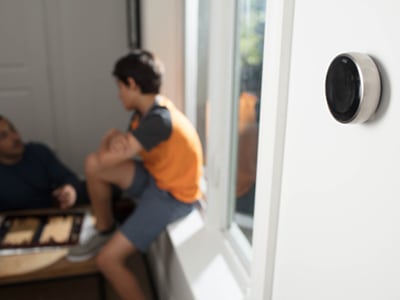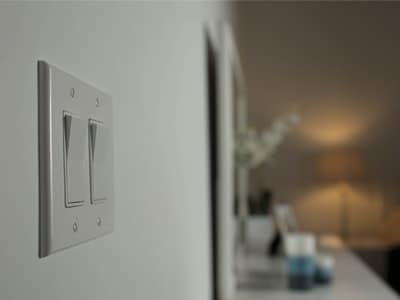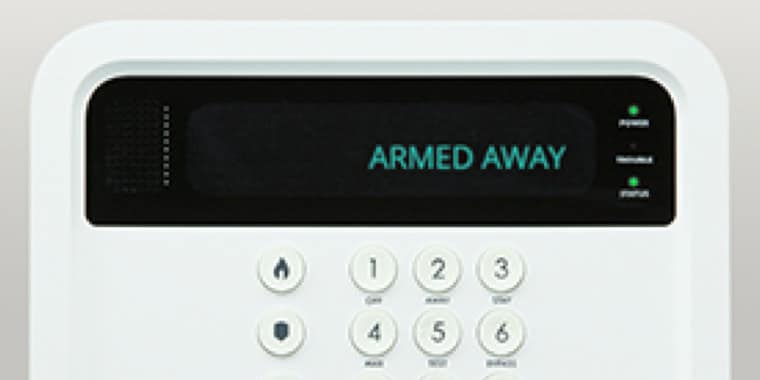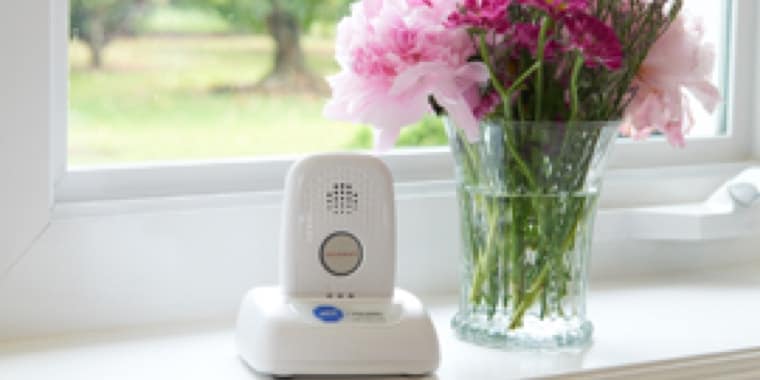Every year on April 22, millions of people worldwide observe Earth Day: a day to recognize the need for improved environmental stewardship of the planet and its resources.1 One of the biggest problems tackled by Earth Day is how to reduce energy consumption. Often, participants attempt to use as little energy as possible during a 24-hour period.
Unfortunately, a single day of limited consumption can't save the planet or significantly decrease the amount of money homeowners spend on energy each month. The evolution of home automation systems, meanwhile, suggests a potential solution: smart devices tied to critical systems like lighting and heat.
Here's How it Works
Automated efficiency

Two of the most common ways to improve energy efficiency in homes are smart thermostats and smart LED bulbs. This market has enjoyed substantial uptick over the past few years, and it seems to be having an impact. As noted by the U.S. Energy Information Administration, residential energy consumption has been steadily decreasing since 2013.2
So what does this look like in practice? Consider the smart thermostat: similar in size and function to typically programmable thermostats, these next-generation tools take climate control one step farther, allowing homeowners to control the temperature in their home anywhere, anytime and from any device.
Imagine coming home after spending a long, fun (but cold) day outside in winter. Many people "crank the heat" as soon as they walk through the door, forcing the furnace to work overtime and use massive amounts of energy to quickly heat the entire house. Using a smart thermostat, it's possible to remotely bump up the temperature bit-by-bit an hour before arriving home.
Lights are another big energy culprit, especially when they're left on overnight. By using energy-efficient LED bulbs, it's possible to create light timers or to remotely turn off the lights. According to Energy.gov, the cost of powering a traditional 60W incandescent bulb for one year is $4.80. The cost of a similarly-bright LED? Just $1. In addition, each incandescent light lasts around 1,000 hours while LEDs can last around 25,000 hours.3
Environmental outcomes

As noted by Energy Conservation Enhancement Project, while 20 percent of all electricity produced in the U.S. is used for lighting, approximately half of this energy "is wasted by inefficient lighting sources or careless consumers."4 By leveraging a home automation system that includes support for smart lights, smart switches and smart plugs along with a robust mobile application, it's possible for homeowners to both create efficient lighting schedules and take direct control of their lights on demand, in turn reducing this energy waste.
When it comes to smart thermostats, meanwhile, the Energy Star project notes that 66 percent of homeowners who installed a smart thermostat said they saw a reduction in energy use.5 The goal is leveraging a smart thermostat/automation system pairing that can create automatic schedules, learn daily routines and send alerts if home temperatures are too hot or too cold.
Key tips
- Spring Ahead/Fall Back: Daylight saving time alters the amount of time lights need to be on and furnaces need to run. Make sure to adjust time settings or confirm that systems have auto-adjusted to compensate for the difference.
- Find What Works: Play around with smart devices. Find what makes sense when it comes to turning on lights-is dinnertime the best bet? Sunset? Experiment with fading lights out over time, or cooling the house earlier on hotter days to prevent the system from ramping up just as energy consumption (and prices) spike.
- Step Down: Consider slightly dimming smart lights or decreasing the temperature by half a degree. Typically, there's minimal impact to comfort but there's solid potential to save more on energy.
Responsible energy helps protect the planet and decreases monthly utility bills. Wondering how to reduce energy consumption? To help save on energy costs, start with a home automation system, pair smart devices and discover a better way to control home comfort. * energy savings may vary and is based on home size, occupancy and other environmental factors.
Resources
1. "Our Campaigns." Earth Day Network. Accessed March 28, 2018. https://www.earthday.org/campaigns/
2. "U.S. Energy Information Administration - EIA - Independent Statistics and Analysis." Consumption & Efficiency - U.S. Energy Information Administration (EIA). Accessed March 28, 2018. https://www.eia.gov/consumption/
3. "How Energy-Efficient Light Bulbs Compare with Traditional Incandescents." Department of Energy. Accessed March 28, 2018. https://www.energy.gov/energysaver/save-electricity-and-fuel/lighting-choices-save-you-money/how-energy-efficient-light
4. "TO LIGHT OR NOT TO LIGHT." To Light or Not to Light. Accessed March 28, 2018. http://www.dnr.louisiana.gov/assets/TAD/education/ECEP/home/h/h.htm
5."Why Smart Home Tech Will Revolutionize the Energy Efficiency Game." October 25, 2016. Accessed March 28, 2018. https://www.energystar.gov/sites/default/files/asset/document/ESPPM_Appliance%20Roadmapping%20Part%20I_Shelton.pdf





